As the Palladium at SPC celebrates 25 years as a local arts venue, and we launch our $10 million cap campaign to renovate the theater, I thought it was a good time to tell the story of the little theater that could.
I wrote this piece for Tampa Bay Magazine. It recounts that history, along with where we are today and where we’re headed. Which is Tampa Bay’s premier small venue.
Hope you enjoy it.
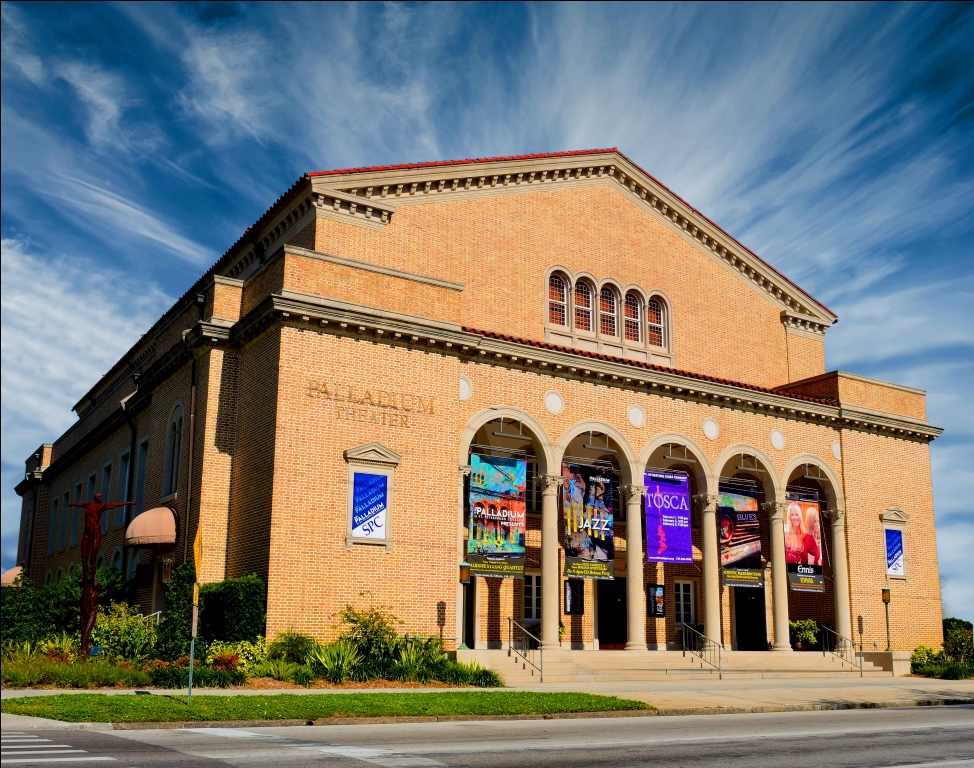
Palladium yesterday and today
By Paul Wilborn/Courtesy of Tampa Bay Magazine
A cultural anchor on the north end of downtown St. Petersburg, the Palladium Theater is an example of the lasting power of a good idea.
The theater’s first season was 1998 and 25 years later, the Palladium (now part of St. Petersburg College) is thriving, the calendar is full, and the venue has become a critical piece of Tampa Bay’s performing arts infrastructure.
But it all started with a good idea.
In the ‘80s and ‘90s, Tampa Bay sprouted three full-scale performing arts complexes, specifically designed for major concerts and Broadway Road shows. A group of St Petersburg philanthropists soon realized local performers and community groups needed their own venue that was accessible and affordable. Eventually, they found a magnificent old church on 5th Avenue North and 3rd Street North, that had gotten too expensive for a declining congregation to maintain.
“We had the wonderful Mahaffey Theater, though with 2,000 seats it was too large and expensive for local performing artists to use,” Paul Stavros told me recently. “But in 1997 we found a building for sale that was perfect to convert to a high-quality performance space with 800 seats.”
The building itself was special. Built in 1925, what would become the Palladium was originally the First Church of Christ, Scientist. Its white arches and cozy, tiled lobby ushered in church members each week for decades. The building was designed by Howard Lovewell Cheney, known for what is now Reagan National Airport in Washington, D.C., and built by George A. Fuller Construction, a company responsible for iconic sites in Chicago and New York City, including the Flatiron Building.
Stavros recalled when he and his parents, Gus and Frances Stavros, along with their friends, Bill and Hazel Hough, civic leader Mary Wyatt Allen, and St. Petersburg lawyer George Rahdert, plus a small group of other like-minded leaders, went looking for a space for a community performing arts venue. After touring other empty and underused churches in downtown Frances Stavros, Hazel Hough and Mary Wyatt Allen stood outside Christian Science Church with its beautiful beige brick façade and distinctive arches facing busy 5th Avenue.
“(They) peeked through the window, and saw the beautiful interior and it was like, ‘Gosh, this is it.’ “
Inside, they saw that instead of pews, the church had theater seats. They also learned that the congregation had dwindled, and the members would consider selling.
A deal was struck.
A non-profit was formed to run the theater, a consultant was hired to do a study and eventually, the upstairs sanctuary was converted into a working theater. The first official performance at the renovated Palladium Theater was on Feb. 14, 1998, and featured The Florida Orchestra.
“I remember standing in the back of the theater with my dad, Gus, watching a dream come true,” Stravos told me. “We both had tears in our eyes.”
Susan Hough Henry, now head of the Hough Family Foundation, recalled her parents’ motivation during a recent conversation.
“It was extremely important to Mom and Dad. They really wanted a community theater.”
St. Pete businessman Bud Risser was consulted early in the process, and he fell in love with the building and its history. He also knew the community leaders behind the Palladium would get the job done.
“When Bill and Gus got together, they were a force of nature,” Risser told me.
Paul Stavros was the original executive director of the theater and in those early years he wore a lot of different hats.
Barbara McCoy, who came on as a board member, told me about a late-night visit to Publix when she ran into Paul buying toilet paper for the Palladium.
“He had to do a lot of it himself in those early days,” she told me.
Bill and Hazel Hough, along with Gus and Frances Stavros and Mary Wyatt Allen were at the theater for its 15th anniversary gala. At a celebration of the 25th season, those founders will be remembered for their contributions to the theater’s success. Paul Stavros is underwriting the evening in memory of his parents and the other original founders.
McCoy recalled that in the early years, the theater struggled to fill its calendar, attract audiences, and reach financial independence. After Stavros handed over the reins, a new executive director came and went before board member Dar Webb stepped in to run the theater as an unpaid executive director.
In 2007 the non-profit group gifted the Palladium and the adjacent parking lots to St. Petersburg College, which agreed to operate the theater with the original mission. The deal also included a multi-million dollar endowment, funded by Bill and Hazel Hough. Their gift was matched by state funds.
At that time, I was performing American Songbook standards with my band at the Palladium and working as Creative Industries Manager at the City of Tampa. I was not an obvious choice to run the theater. A longtime writer for the Tampa Tribune and the St. Petersburg Times, I had no experience running a performing arts organization, but I did know the world of music and live performance.
Over the years I had led several working bands and helped create arts events in Tampa’s Ybor City, booking dozens of local and regional bands and acts to perform in Ybor’s historic and then empty social clubs. I also helped found Guavaween, an annual event that eventually drew 100,000 revelers to Ybor and featured bands on multiple stages around the Latin Quarter.
With a core belief in the power of local performers, I somehow talked my way into the job. The college wisely also hired other experienced staff members, including Damon Dougherty, then technical director, Nancy Jones, house manager, and Bruce “BJ” Johnson, as facility manager.
That was August of 2007, and almost before we could get going, the national economy fell into the deepest recession since the 1930s. Our endowment went underwater along with the rest of the stock market.
The good news was that nobody else was doing the musical genres we wanted to present. And the church basement was perfect for nightclub-style shows.
The big halls had Broadway and rock and pop shows, but chamber music, dance, jazz, blues, comedy, opera and other musical genres needed a home. We kept the community groups, like St. Petersburg Opera, and soon, thanks to our professional staff, local arts organizations flocked to the theater, which offered low rental rates and marketing help.
And soon, audiences followed. It didn’t hurt that in 2009 Billy Joel wanted to do a college show and picked the Palladium. His show sold out in two hours and put the Palladium on the cultural map.
By 2012, the theater was operating in the black, the calendar was full, all while following our founders’ vision – stay local, stay affordable, support the community.
Most of the artists who regularly play the Palladium live in the Tampa Bay area, including dozens of jazz and blues artists, the St. Pete Opera, St. Petersburg Ballet Arts, Tampa Bay Symphony, The Florida Orchestra and many more. Groups from St. Petersburg College play rent-free, and promoters bring some touring shows.
Like other theaters, the Palladium closed in March of 2020 in response to the pandemic. That meant our roster of local performers – the life blood of the theater – were out of work.
In 2021, the Palladium sponsored its first Creative Class, a program that put a total of $30,000 in the pockets of 11 local artists – jazz performers, blues singers, dancers, and more. Stipends of $2,500 were given to the artists to create and rehearse a performance for the Palladium. Most of the original shows were recorded on video and streamed, since the Palladium was closed to live audiences.
These artists had been busy, but their livelihood just disappeared when COVID hit. I really wanted to make sure our performers did not lose everything during the pandemic.
The pandemic lifted, but the grant program continued.
Now called the Palladium Creative Fellowships, the program is entering its third year of funding local performers. The $2,500 grant is just the downpayment. The Palladium then pays the artists to perform their shows and provides wrap around marketing services and other support, bringing the grant’s total to almost $10,000.
Supporters like the Hough Family Foundation and Smith and Associates Real Estate, have provided the funding for the program.
Looking to the future, the Palladium is planning a $10 million renovation project, to upgrade the seating, the sightlines, and the acoustics of Hough Hall. Fundraising for this multi-year project will begin soon.
At 25 years old, The Palladium at SPC is no longer just a good idea. It’s a thriving arts business. Over the past 16 years, our budget has grown from under $500,000 to almost $2.5 million.
The Palladium team, working with St. Petersburg College, has accomplished a lot. But none of us would be here today if not for a really good idea a group of St. Petersburg philanthropists had 25 years ago.

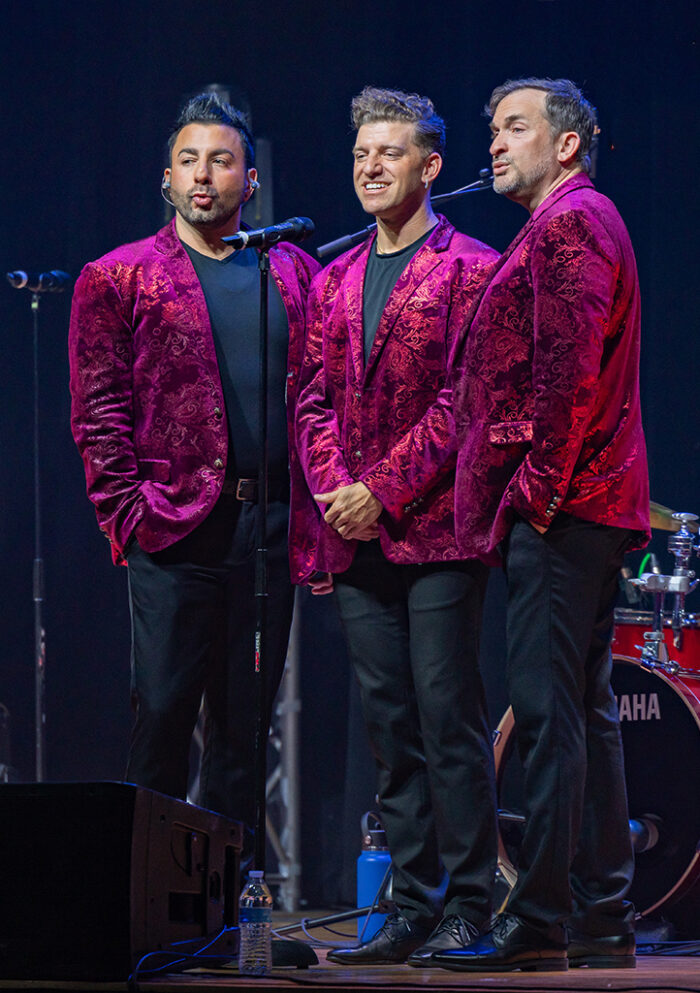
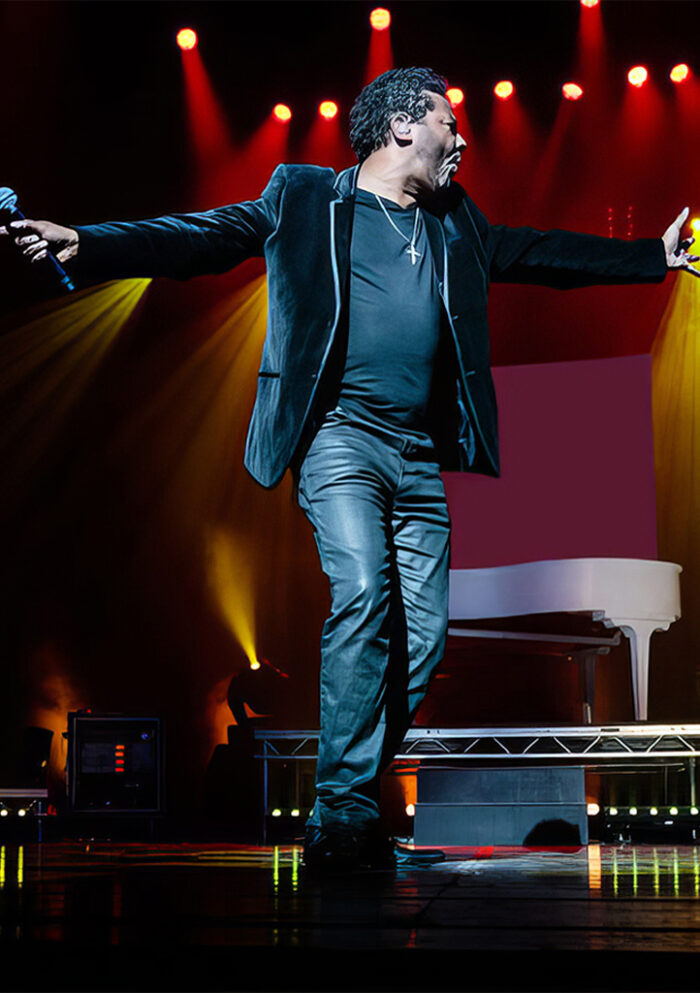

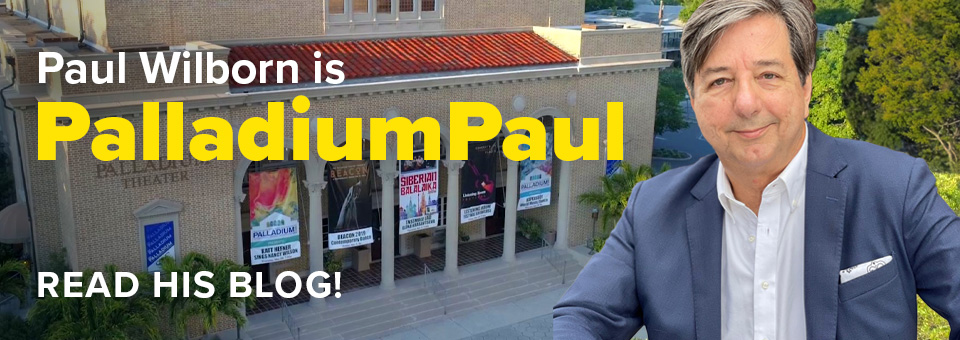
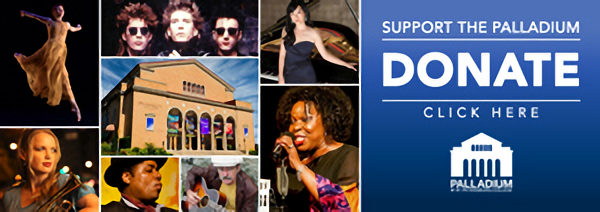

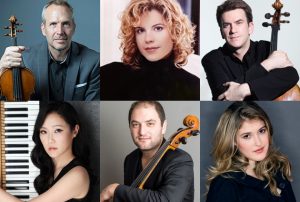
Leave a Reply